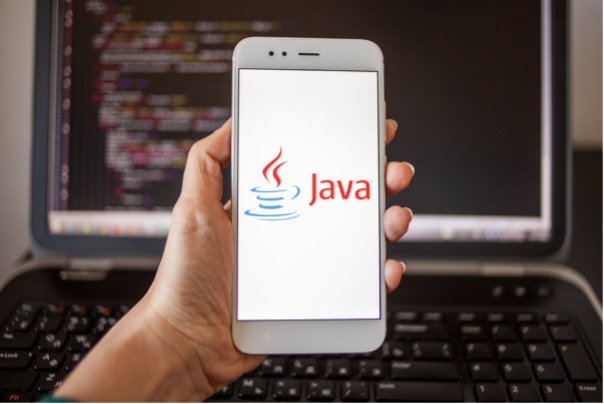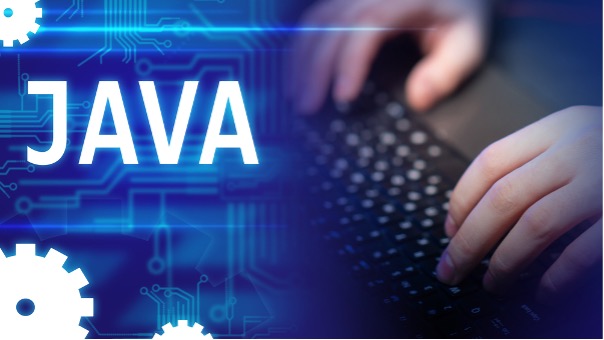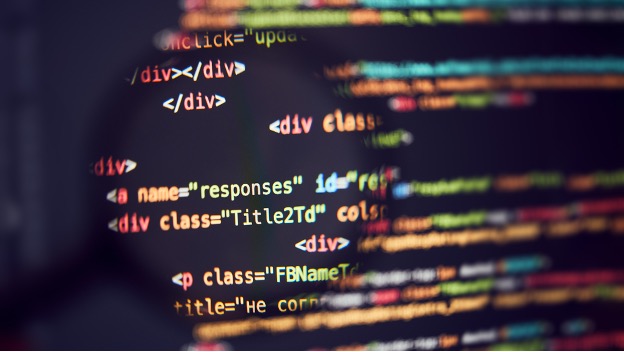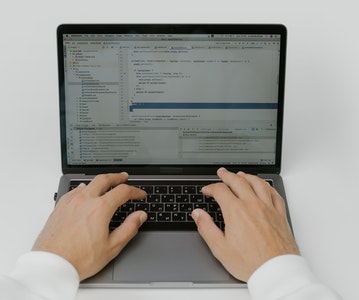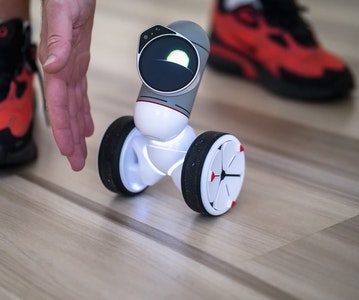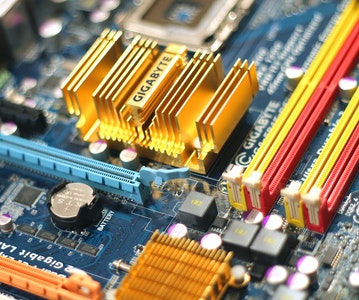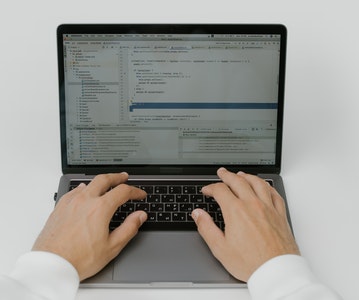This article is about Software Development
Boost Your Coding Skills: What is Pair Programming?
By NIIT Editorial
Published on 22/06/2023
In today's technologically advanced society, the ability to code is crucial. A thorough familiarity with coding principles and best practises is necessary for the development of high-quality software. Pair programming, in which two developers collaborate on a single codebase, has become more common in recent years. This article will cover the fundamentals of pair programming, including its advantages, methods, best practises, resources, tools, examples, and how-to guidelines.
Table of Contents
- The Basics of Pair Programming
- The Benefits of Pair Programming
- Pair Programming Best Practices
- Tools and Resources for Pair Programming
- Real-World Examples of Pair Programming
- Getting Started with Pair Programming
- Conclusion
The Basics of Pair Programming
The term "pair programming" refers to a method of software development in which two programmers use a single computer in order to create and inspect software. One developer (the "driver") types the code while another (the "navigator") examines it and offers suggestions. During a session of programming, the driver and navigator responsibilities may trade places at certain points.
Pair programming has several advantages. When two programmers collaborate, they may improve the quality of the code by finding and fixing flaws and problems more rapidly. Furthermore, the increased communication and teamwork that comes from pair programming makes it possible for more ideas and information to be shared. As a result, development durations may be reduced since teams of two are often more efficient than those of one. As pair programming may be a more sociable and interesting way to work, it may also help reduce burnout and boost job satisfaction.
The Benefits of Pair Programming
There are several advantages of using pair programming in software development teams. Some of the main benefits are as follows:
1. Improved Code Quality
Errors and flaws in the code are less likely to sneak by when there are two programmers on the case. Because of this, the final product may be of better quality with fewer issues that need fixing.
2. Reduced Development Time
Pair programming may reduce development times, which goes against common sense. Having two workers work on a job may increase output and decrease the amount of time spent diagnosing and fixing issues compared to a single worker.
3. Increased Collaboration and Communication
With two programmers working together to find and implement solutions, pair programming fosters open lines of communication and teamwork. This has the potential to improve information flow among the group and foster closer team bonds.
4. Enhanced Learning and Skills Development
By working together in pairs, programmers may pick up useful tips and tricks from one another. A more seasoned programmer may teach a newbie the ropes, and vice versa; both parties benefit from the exchange of knowledge and perspectives.
5. Increased Job Satisfaction and Motivation
The social and interactive nature of pair programming has the potential to reduce burnout and boost morale on the workplace. As a result of the close collaboration required to develop something really original, it may also be a method for programmers to feel more personally committed in their job.
6. Pair Programming Techniques
There are several ways in which teams might improve their collaboration via the usage of pair programming. Some of the most often used methods include:
7. Driver-Navigator Technique
One-person (the driver) types the code while the other (the navigator) reads it and offers suggestions. Although the driver is responsible for keeping their attention on the road ahead, the navigator must make sure the code is properly organised and adheres to all of the project's specifications.
8. Ping-Pong Programming
With this method, both programmers take turns creating new software. One developer creates a test case, while another develops the code to make it pass. Another test case is written by the first programmer, and so forth. With this method, the team may improve its ability to detect and fix problems and flaws in the code, hence increasing the likelihood that the project will be successful.
9. Switching Roles
With this method, the programmer who was previously in charge of navigation will sometimes take over as the driver and vice versa. This not only promotes learning and growth but also helps guarantee that both programmers are invested in the work at hand.
10. Establishing Guidelines and Communication Protocols
Pair programming is most successful when clear standards and communication mechanisms are in place. Teams may develop norms and procedures to improve cooperation and feedback, such as requiring the driver to update the navigator on their progress at certain intervals or agreeing to utilise a particular kind of communication technology. By following these rules and regulations, the team may improve its efficiency and productivity.
Pair Programming Best Practices
It's crucial to follow certain recommended practises while engaging in pair programming to guarantee success. Some guidelines for productive pair programming are as follows.
1. Establish Clear Goals and Expectations
It's crucial to have a discussion about objectives and norms for a pair programming session before diving in. Some examples of this would include laying out a schedule for the meeting, detailing the whole scope of the project, and listing the results you want to achieve. In this way, the two programmers are more likely to be on the same page and able to collaborate productively.
2. Select the Right Partner
Choosing the correct partner is crucial for successful pair programming. To achieve this goal, it may be necessary to pair developers with complimentary talents or to pair developers with varying levels of expertise. When choosing a programming partner, it's also crucial to take their personality and work style into account to make sure they'll be a good fit.
3. Ensure a Comfortable and Collaborative Environment
Since pair programming can be so mentally taxing, it's crucial to create a space that's both relaxing and favourable to teamwork. To do this, you may set up a whiteboard or a shared screen and make sure there is plenty of comfortable seating.
4. Avoid Common Pitfalls and Challenges
Disagreements over the code or a lack of clear communication are only two examples of the difficulties that might arise during pair programming. Avoiding these traps requires setting up transparent channels of communication, constantly engaging with input, and maintaining an open mind. It is also vital to take pauses and step back from the activity at hand to prevent burnout.
Tools And Resources for Pair Programming
Several resources exist to facilitate pair programming. These are a few of the most common:
1. Live Coding Tools
Tools for live coding make it possible for developers in various places to collaborate in real time on the same code. Visual Studio Live Sharing, ScreenHero, and CodeTogether are just a few examples of well-known live coding solutions.
2. Collaboration Platforms
Developers now have a streamlined system for code sharing, discussion, and version control thanks to collaboration platforms. Among the most well-known systems for teamwork are GitHub, GitLab, and Bitbucket.
3. Code Review Tools
Software for peer code reviews is available to help developers discuss and improve their work. Crucible, Review Board, and CodeClimate are just a few examples of widely used code review systems.
Resources for Finding Programming Partners
Several options exist to help developers find a pair programming partner. PairProgramWith.me, CodeBuddies, and CodementorX are a few examples.
Real-World Examples of Pair Programming
As a development strategy, pair programming has been used by a wide range of businesses and institutions. Some effective uses of pair programming are listed below.
1. Pivotal Labs
Pair programming is widely used at Pivotal Labs, a software consulting firm. The engineers at Pivotal often swap partners during the day. Pivotal Labs' software quality, development speed, and team cooperation have all improved because to pair programming.
2. Google
Pair programming is well-suited to Google's collaborative environment and development methodology. Pair programming has helped many Google employees enhance productivity, decrease bugs, and better serve the company's customers.
3. IBM
IBM has used pair programming for a long time, and they've seen great results from it. IBM claims that by using pair programming, they have been able to cut down on development time, boost code quality, and boost morale.
Getting Started with Pair Programming
Developers may benefit from engaging in pair programming since it improves code quality, shortens development time, and fosters better communication and teamwork. You may start using pair programming immediately after learning some basic guidelines and best practises.
1. Start Small and Gradually Build up Experience
As pair programming is often a new experience for developers, it's wise to ease into it by tackling simpler tasks first. It's best to get your feet wet with a straightforward issue before tackling something too involved.
2. Find a Partner or Community
Finding a willing partner to experiment with pair programming is crucial due to the collaborative nature of the process. Find other developers who are interested in pairing up with you at work or in your local community via online forums or in-person events.
3. Set Up a Comfortable and Productive Workspace
The ideal environment for pair programming is one that encourages conversation and cooperation. Get yourself a supportive chair, some nice desk lighting, and a peaceful place to work. Make sure your development space is well-suited for the two developers working in it.
4. Practice Effective Communication and Collaboration
In pair programming, communication is crucial. Make sure you and your collaborator have clear standards and a system in place for communicating and working together. Be receptive to criticism and suggestions, and flexible in your approach to problem solving.
5. Rotate Roles
To avoid monotony and keep things interesting, it might be helpful to switch drivers and navigators. It may also be useful for keeping both programmers interested and open to learning from one another.
Conclusion
One developer acts as the "driver" and the other "navigator" as they work together on a single job in a collaborative approach known as "pair programming." This method offers several advantages, such as higher code quality, shorter development times, better teamwork and communication, more opportunities for personal and professional growth, and happier, more engaged employees.
Developers may get the most out of pair programming by using strategies like the driver-navigator approach and ping-pong programming, setting clear objectives and expectations, choosing the proper partner, and leveraging technologies like live coding tools and communication platforms.
To begin pair programming, one must take baby steps, identify a partner or community, create a conducive and productive work environment, and hone their skills in communication and teamwork. Developers may reap the numerous advantages of pair programming and boost their productivity by adhering to these guidelines.
You should attempt pair programming if you want to become a better programmer. Enroll in a software engineering course for a more fulfilling development experience.





